Ever wonder how a rowing machine works and how it trains your muscles? Our test find out how comprehensive rowing is as a full-body exercise.
While many cardio machines primarily target your lower body, rowing stands apart by engaging 86% of your muscles across every major muscle group whether they are indoor rowing machines or outdoor rowing machines. This remarkable efficiency is why rowing machines have surged in popularity, offering unparalleled workout value in minimal time.
In this comprehensive guide, I'll break down exactly which muscles rowing machines work, how each phase of the stroke engages different muscle groups, and why this makes rowing one of the most effective exercises you can do for overall fitness.
The Rowing Stroke: Four Phases of Full-Body Engagement
To understand which muscles rowing works, we first need to understand the four distinct phases of the rowing stroke. Each phase engages different muscle groups in a coordinated sequence:
1. The Catch
The starting position of the rowing stroke.
- Body Position: Knees bent, shins vertical, arms extended, torso leaning forward at 1 o'clock position
2. The Drive
The power-generating phase where you push away from the footplate.
- Sequence: Legs push first, then back opens, finally arms pull
- Key Movement Pattern: Legs → Back → Arms
3. The Finish
The completion of the power phase.
- Body Position: Legs extended, torso leaning slightly backward at 11 o'clock position, arms pulled to lower ribs
4. The Recovery
The return to the catch position.
- Sequence: Arms extend first, then torso pivots forward, finally knees bend
- Key Movement Pattern: Arms → Back → Legs
Now, let's examine exactly which muscles are engaged during each phase and throughout the entire stroke.
Primary Muscle Groups Worked During Rowing

| Muscle Group | Engagement Level | Primary Action | Stroke Phase |
|---|---|---|---|
| Quadriceps | ★★★★★ (High) | Leg extension during drive | Drive (early) |
| Hamstrings | ★★★★☆ (High) | Leg flexion during recovery | Recovery (late) |
| Glutes | ★★★★★ (High) | Hip extension during drive | Drive (early-mid) |
| Calves | ★★★☆☆ (Moderate) | Ankle plantarflexion | Drive (early) |
| Core (Abs & Obliques) | ★★★★☆ (High) | Trunk stabilization, rotation resistance | All phases |
| Lower Back | ★★★★☆ (High) | Spinal extension during drive | Drive (mid) |
| Latissimus Dorsi | ★★★★★ (High) | Shoulder extension and adduction | Drive (late) |
| Rhomboids | ★★★★☆ (High) | Scapular retraction | Drive (late) |
| Trapezius | ★★★★☆ (High) | Scapular elevation and retraction | Drive (late) |
| Deltoids | ★★★★☆ (High) | Shoulder stabilization, flexion, extension | Drive (late), Recovery (early) |
| Biceps | ★★★★☆ (High) | Elbow flexion | Drive (late) |
| Triceps | ★★★☆☆ (Moderate) | Elbow extension | Recovery (early) |
| Forearms | ★★★★☆ (High) | Grip strength, wrist stabilization | All phases |
Detailed Muscle Engagement By Stroke Phase
The Catch Phase Muscle Engagement
Primary Muscles Activated:
- Hamstrings: Highly engaged to maintain the bent knee position
- Gastrocnemius (Calves): Activated for ankle stabilization
- Anterior Deltoids: Engaged to hold arms extended forward
- Erector Spinae (Lower Back): Active in maintaining forward hinged position
- Abdominals: Engaged to support proper posture and prepare for drive
Secondary Muscles Activated:
- Trapezius: Light engagement for shoulder positioning
- Triceps: Supporting arm extension
- Forearm Flexors: Active in gripping the handle
Percentage of Total Effort: Approximately 5-10% of stroke effort
The Drive Phase Muscle Engagement
The drive phase is where the majority of power is generated and can be further broken down into three sequential segments:
Leg Drive (First 60% of Drive)
Primary Muscles Activated:
- Quadriceps: Maximally engaged for powerful leg extension
- Glutes: Powerfully contracting for hip extension
- Calves: Supporting push through the foot stretchers
- Core (Rectus Abdominis, Transverse Abdominis): Stabilizing the torso
Secondary Muscles Activated:
- Erector Spinae: Maintaining back position
- Anterior Tibialis: Foot flexion against stretchers
- Adductors: Inner thigh engagement for leg stability
Percentage of Total Power: Approximately 60% of stroke power
Back Swing (Next 20% of Drive)
Primary Muscles Activated:
- Erector Spinae: Powerfully engaged for back extension
- Abdominals: Stabilizing core during the transition
- Rhomboids: Beginning to engage as upper body leans back
- Latissimus Dorsi: Starting to activate for the pull
Secondary Muscles Activated:
- Trapezius: Supporting upper back movement
- Deltoids: Stabilizing shoulders during transition
Percentage of Total Power: Approximately 20% of stroke power
Arm Pull (Final 20% of Drive)
Primary Muscles Activated:
- Latissimus Dorsi: Powerfully pulling handle toward torso
- Rhomboids: Retracting scapulae
- Biceps: Flexing elbows to pull handle to body
- Posterior Deltoids: Supporting the pulling motion
- Trapezius: Engaged during final pulling phase
Secondary Muscles Activated:
- Forearm Flexors: Maintaining grip
- Brachialis and Brachioradialis: Assisting biceps in elbow flexion
Percentage of Total Power: Approximately 20% of stroke power
The Finish Phase Muscle Engagement
Primary Muscles Activated:
- Abdominals: Contracted to support torso position
- Biceps: Holding the flexed position
- Latissimus Dorsi: Contracted in the pulled position
- Glutes: Engaged at the end of extension
- Quadriceps: Fully extended and engaged
- Trapezius: Retracted and supporting upper back position
Secondary Muscles Activated:
- Erector Spinae: Supporting slight backward lean
- Deltoids: Stabilizing shoulder position
- Forearm Flexors: Maintaining handle grip
Percentage of Total Effort: Approximately 5% of stroke effort (primarily stabilization)
The Recovery Phase Muscle Engagement
The recovery phase follows the exact opposite sequence of the drive and can be broken down into three segments:
Arms Away (First Part of Recovery)
Primary Muscles Activated:
- Triceps: Extending the arms forward
- Anterior Deltoids: Guiding arms forward
- Abdominals: Maintaining core stability
Secondary Muscles Activated:
- Forearm Extensors: Controlling grip during extension
- Pectoralis Major: Assisting in forward arm movement
Body Swing (Middle Part of Recovery)
Primary Muscles Activated:
- Abdominals: Controlling forward pivot of torso
- Erector Spinae: Eccentrically contracting during forward lean
- Middle Trapezius: Controlling shoulder position during lean
Secondary Muscles Activated:
- Rhomboids: Stabilizing scapulae during forward movement
- Latissimus Dorsi: Controlled lengthening
Knee Bend (Final Part of Recovery)
Primary Muscles Activated:
- Hamstrings: Actively flexing knees
- Gastrocnemius: Supporting ankle position during slide
- Hip Flexors: Pulling body forward on slide
- Abdominals: Continuing to maintain core tension
Secondary Muscles Activated:
- Tibialis Anterior: Supporting foot position
- Adductors: Stabilizing legs during slide
Percentage of Total Effort: Approximately 10-15% of stroke effort
How Rowing Compares to Other Popular Exercises
To appreciate just how comprehensive rowing is as a full-body workout, let's compare the muscle engagement of rowing to other popular forms of exercise:
| Exercise | Muscle Groups Worked | Total Body Engagement | Cardio Benefit |
|---|---|---|---|
| Rowing | Legs, back, arms, shoulders, core | 86% of body's muscles | High |
| Running | Primarily legs, core stabilizers | 45-50% of body's muscles | High |
| Cycling | Primarily legs, core stabilizers | 40-45% of body's muscles | High |
| Swimming | Arms, shoulders, back, legs, core | 70-75% of body's muscles | High |
| Elliptical | Legs, arms (minimally) | 55-60% of body's muscles | High |
| Weight Training | Targeted muscle groups | Varies by routine | Low-Moderate |
What makes rowing uniquely effective is not just the percentage of muscles engaged, but the coordinated, functional pattern in which they're activated.
Rowing Machine Technique and Optimal Muscle Recruitment
Proper technique is crucial for maximizing the muscle-building benefits of rowing while preventing injury. Here are key technique points for optimal muscle engagement:
1. Proper Sequencing
Drive Sequence: Legs → Back → Arms
- Common Mistake: Pulling with arms too early, which bypasses the powerful leg muscles
- Muscle Impact: Reduces quadriceps and glute engagement, overworks smaller upper body muscles
Recovery Sequence: Arms → Back → Legs
- Common Mistake: Breaking knees before arms are fully extended
- Muscle Impact: Reduces hamstring activation, creates inefficient movement pattern
2. Appropriate Stroke Length
At the Catch:
- Shins should be vertical or slightly beyond vertical
- Arms fully extended
- Muscle Impact: Maximizes quadriceps and hamstring range of motion
At the Finish:
- Slight backward lean (11 o'clock position)
- Handle pulled to lower ribs
- Muscle Impact: Ensures complete latissimus dorsi and biceps contraction
3. Core Engagement
- Maintain abdominal bracing throughout the stroke
- Keep chest up rather than hunched
- Muscle Impact: Activates deeper core muscles (transverse abdominis), reduces lower back strain
4. Relaxed Upper Body
- Keep shoulders down away from ears
- Maintain loose grip on handle
- Muscle Impact: Prevents trapezius overuse, improves latissimus dorsi recruitment
Customizing Your Rowing Workout for Specific Muscle Goals
While rowing naturally works the entire body, you can emphasize certain muscle groups by adjusting your technique and workout structure:
Emphasizing Lower Body Development
- Technique Modification: Focus on powerful leg drive and complete compression at the catch
- Damper Setting: Higher setting (6-10) to increase resistance against legs
- Workout Structure: Long, steady-state pieces at moderate stroke rate (20-24 spm)
- Primary Muscles Targeted: Quadriceps, glutes, hamstrings
Emphasizing Upper Body Development
- Technique Modification: Ensure complete finish with shoulders back, emphasize the arm pull phase
- Damper Setting: Moderate setting (4-6) with focus on arm pull
- Workout Structure: Short intervals with higher stroke rates (26-30 spm)
- Primary Muscles Targeted: Latissimus dorsi, rhomboids, biceps, deltoids
Emphasizing Core Development
- Technique Modification: Exaggerate the body swing phase with strong core engagement
- Damper Setting: Moderate (4-6)
- Workout Structure: Alternating between high and low stroke rates to challenge core stability
- Primary Muscles Targeted: Abdominals, obliques, erector spinae
Muscle Adaptation: What to Expect from Regular Rowing
Rowing produces a unique combination of strength and endurance adaptations that few other exercises can match. Here's what you can expect as you incorporate regular rowing into your fitness routine:
Short-Term Adaptations (1-4 Weeks)
- Neuromuscular Improvements: Better coordination of muscle firing patterns
- Metabolic Adaptations: Increased mitochondrial density for better endurance
- Cardiovascular Gains: Improved stroke volume and cardiac efficiency
- Visible Changes: Reduction in water retention, slight muscle tone improvement
Medium-Term Adaptations (1-3 Months)
- Muscular Endurance: Significant improvements in the ability to sustain effort
- Strength Gains: Moderate increases in functional strength, particularly in posterior chain
- Body Composition: Noticeable changes in muscle definition, especially in legs and back
- Postural Improvements: Better shoulder positioning and reduced forward head posture
Long-Term Adaptations (3+ Months)
- Muscle Hypertrophy: Moderate increases in muscle size, particularly in quadriceps, latissimus dorsi, and posterior deltoids
- Connective Tissue Strength: Improved tendon and ligament integrity
- Resting Metabolic Rate: Slight increase due to added muscle mass
- Functional Movement: Improved movement patterns in daily activities
Research Note: A study published in the Journal of Strength and Conditioning Research found that collegiate rowers displayed significantly greater back strength and muscular endurance compared to matched non-rowers, with particularly notable differences in latissimus dorsi, erector spinae, and quadriceps development.
Common Questions About Rowing Machine Muscle Engagement
Does Rowing Build Muscle or Just Tone?
Rowing primarily builds muscular endurance and creates muscle tone rather than significant hypertrophy (muscle size). However, for beginners or those returning to fitness, rowing can indeed build some muscle mass, particularly in the legs and back. For substantial muscle building, rowing works best when combined with progressive resistance training.
Will Rowing Make My Legs Too Bulky?
Despite the powerful leg engagement, rowing typically doesn't create bulky legs. The endurance-focused nature of rowing develops lean, functional muscle rather than significant hypertrophy. Even competitive rowers who train for hours daily develop defined, powerful legs rather than bulky ones.
Can Rowing Replace Weight Training?
For general fitness, rowing provides excellent muscular conditioning and can serve as a comprehensive workout. However, for specific strength goals or significant muscle building, rowing should complement rather than replace progressive resistance training.
Does Rowing Work Abs and Improve Core Strength?
Yes! The core is continuously engaged throughout the rowing stroke for stabilization, particularly during the transition between drive and recovery phases. While rowing won't create six-pack abs on its own (as abdominal definition is primarily determined by body fat percentage), it significantly strengthens the entire core musculature including the deeper transverse abdominis.
Is Rowing Good for Back Problems?
When performed with proper technique, rowing can actually strengthen the muscles supporting the spine and improve back health. The balanced development of both anterior and posterior muscle chains promotes better posture and core stability. However, individuals with existing back issues should consult healthcare providers and focus intensely on proper form.
How Does Resistance Level Affect Muscle Recruitment?
Contrary to common assumptions, higher resistance settings don't automatically provide a better workout. Different resistance levels affect muscle recruitment patterns:
- Lower Resistance (1-4): Emphasizes quicker catches, faster slides, and cardiovascular benefits
- Medium Resistance (4-6): Balanced muscle recruitment across all major muscle groups
- Higher Resistance (7-10): Greater emphasis on power production from legs and back
For maximum muscle benefit, most rowers should use moderate resistance settings while focusing on proper technique and appropriate stroke rates.
How Merachfit Rowing Machines Help Muscle Development
At Merachfit, we've developed a comprehensive approach to maximize the muscle-building potential of rowing machines. Our methodology includes:
1. Periodized Training Structure
Just as with weight training, rowing benefits from structured training cycles:
- Base Phase (4-6 Weeks): Focus on technique and volume with longer, steady sessions
- Development Phase (3-4 Weeks): Introduce more intense intervals and varied workouts
- Peak Phase (2-3 Weeks): Higher intensity, specialized workouts targeting specific adaptations
- Recovery Phase (1 Week): Reduced volume, emphasis on technique and recovery
2. Complementary Strength Work
We recommend specific supplemental exercises to enhance rowing-specific muscle development:
- Romanian Deadlifts: Enhance posterior chain power for stronger drive
- Single-Arm Rows: Correct muscle imbalances from natural hand dominance
- Planks and Side Planks: Strengthen core stabilizers
- External Rotator Cuff Work: Balance the internal rotation emphasis of rowing
3. Technique Optimization
Our approach emphasizes:
- Video Analysis: Regular form checks ensure optimal muscle recruitment
- Sequential Focus: Perfecting each phase of the stroke before progressing
- Real-Time Feedback: Using metrics like force curves to verify proper muscle engagement
Conclusion: Rowing for Complete Muscular Development
Now you should know "what muscles does a rower work", the rowing machine stands out as one of the most efficient tools for comprehensive muscular development available today. By engaging 86% of your muscles across every major muscle group, rowing delivers an unmatched combination of strength, endurance, and cardiovascular benefits in a single, low-impact exercise.
Understanding exactly which muscles are working—and when—allows you to maximize the effectiveness of every stroke. Whether you're looking to build endurance, improve muscle tone, enhance posture, or develop functional strength, rowing offers a solution that few other exercises can match.
What makes rowing machine for back muscle building truly unique is not just the number of muscles engaged, but how they work together in a coordinated, functional pattern. This integrated approach to fitness carries over into improved movement quality in daily life, enhanced athletic performance in other activities, and sustainable, balanced muscular development that supports long-term health.
Take Your Muscle Development to the Next Level
Ready to experience the full-body muscle benefits of rowing for yourself? Merachfit offers resources to optimize your rowing journey
Special Offer: Use code BIG40 at checkout to receive our Complete Muscle Development Guide (valued at $97) free with any Merachfit rowing machine purchase. This comprehensive resource includes detailed exercise progressions, technique videos, and nutrition guidance to maximize your muscular results(You need to download our app first).
Transform your physique with the most efficient full-body workout available—discover why rowing has become the preferred training method for those seeking balanced, functional muscular development.

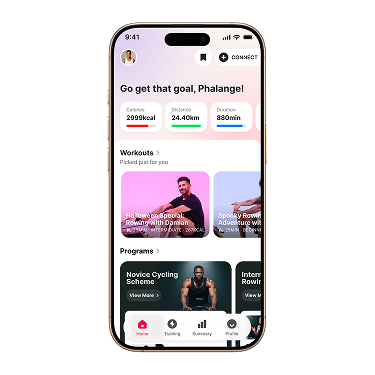
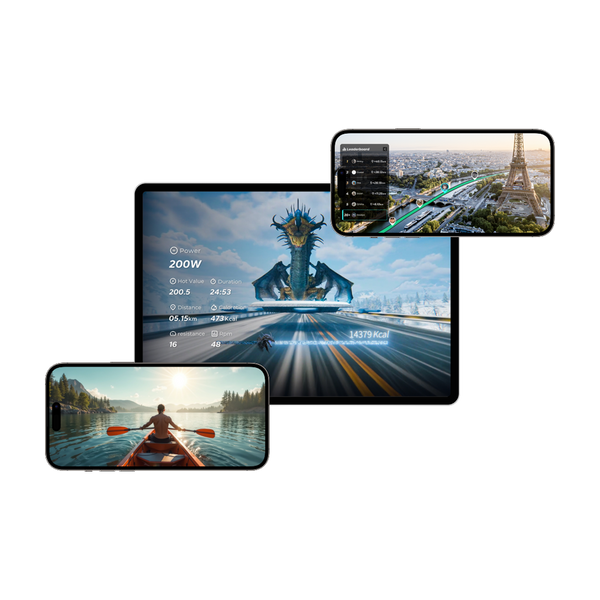

























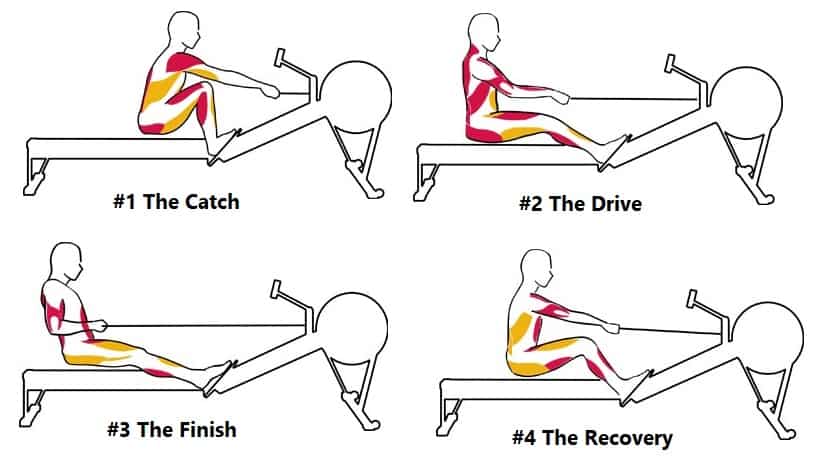

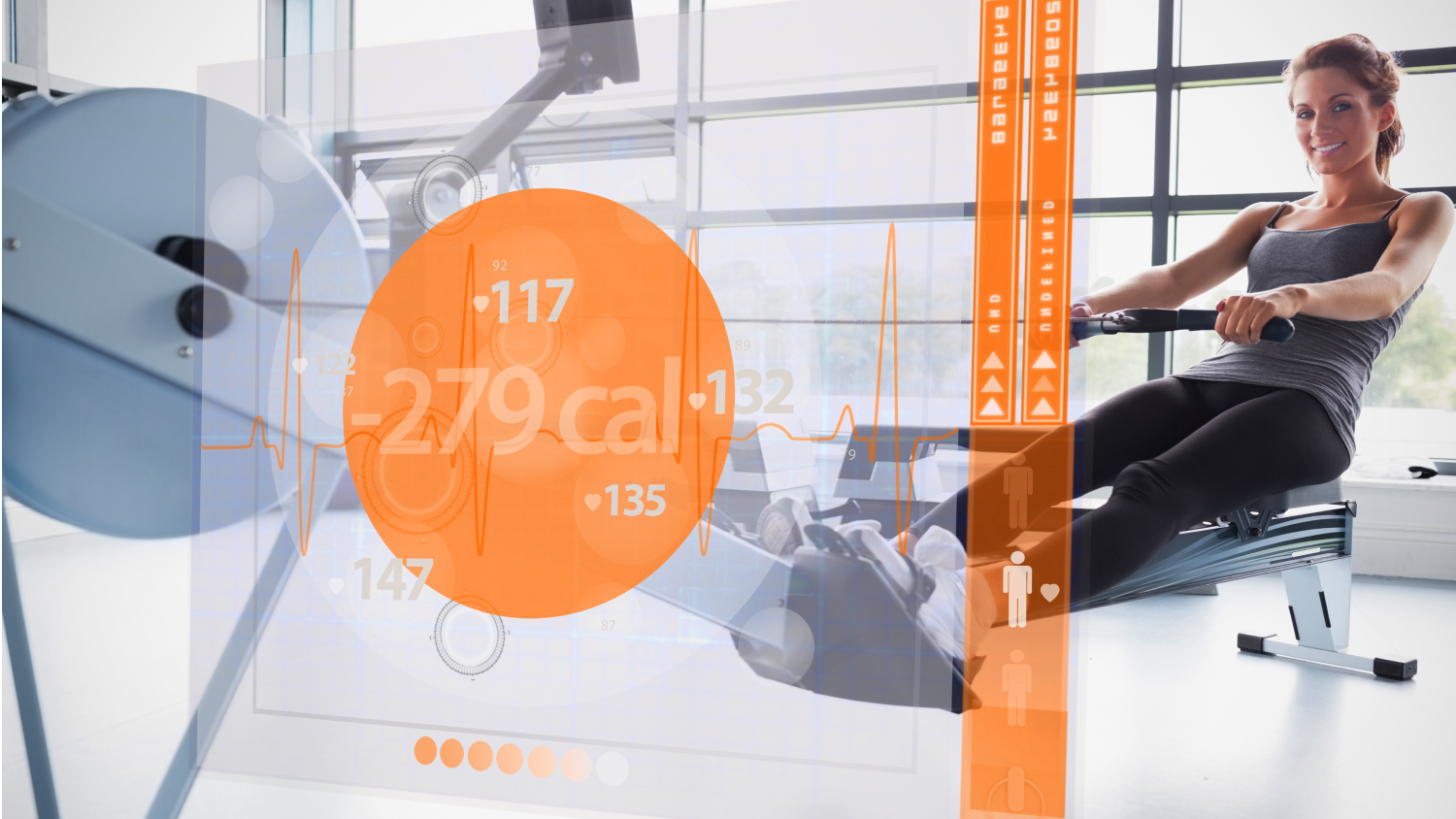
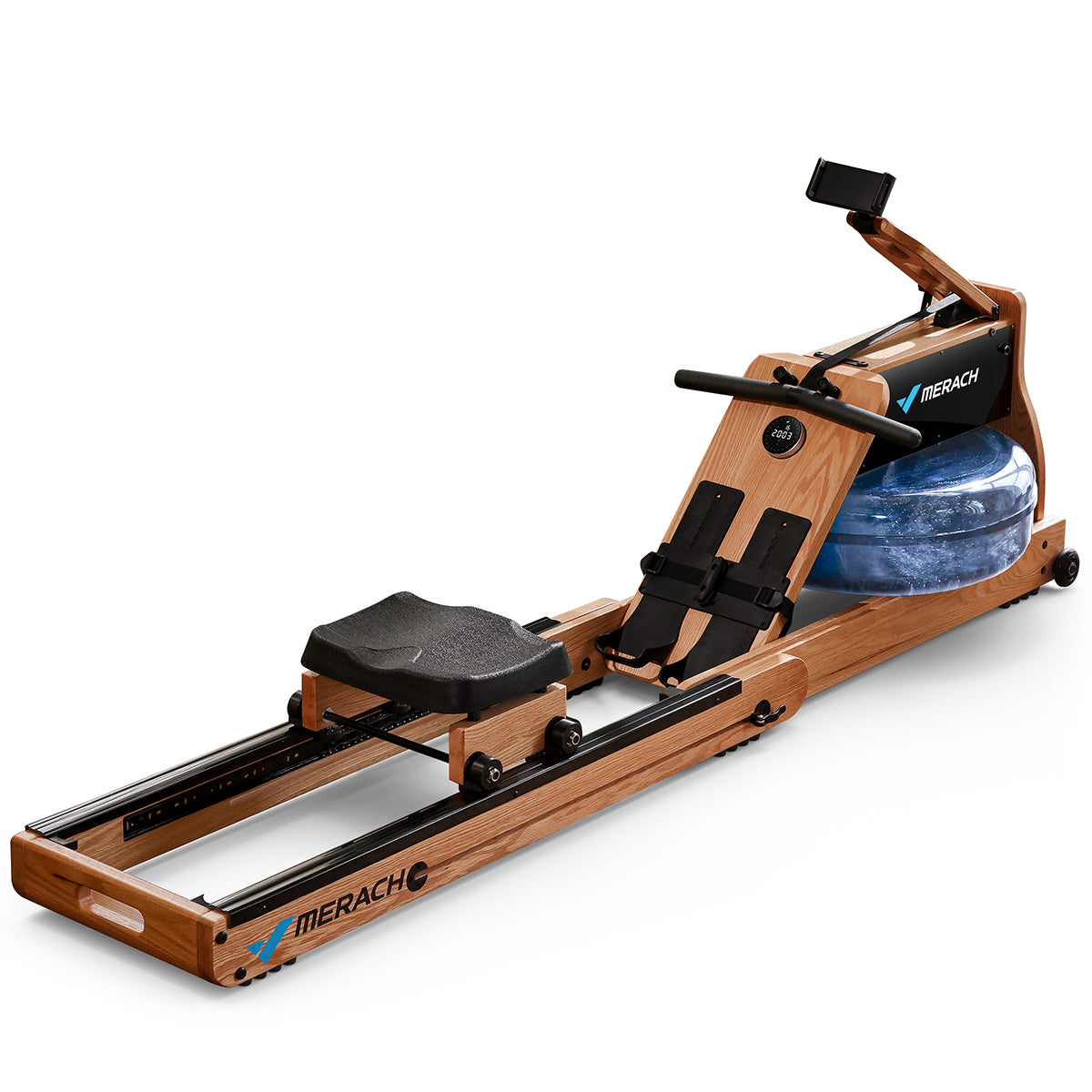
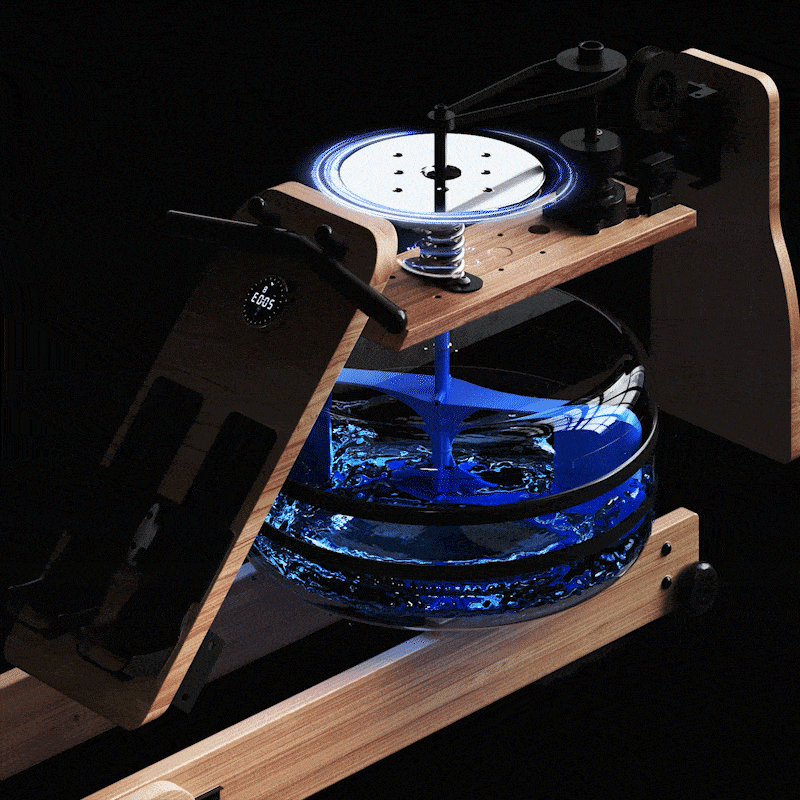
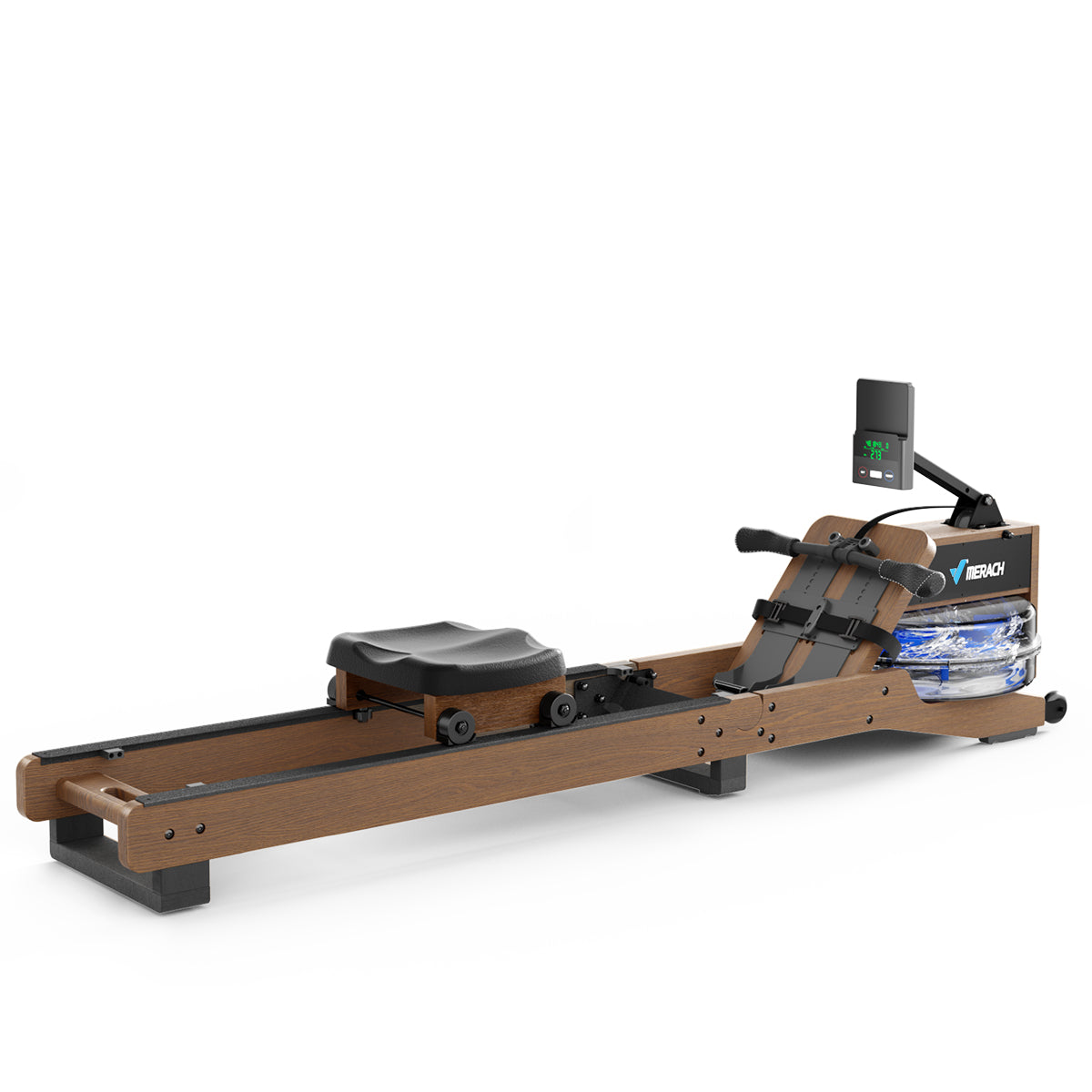
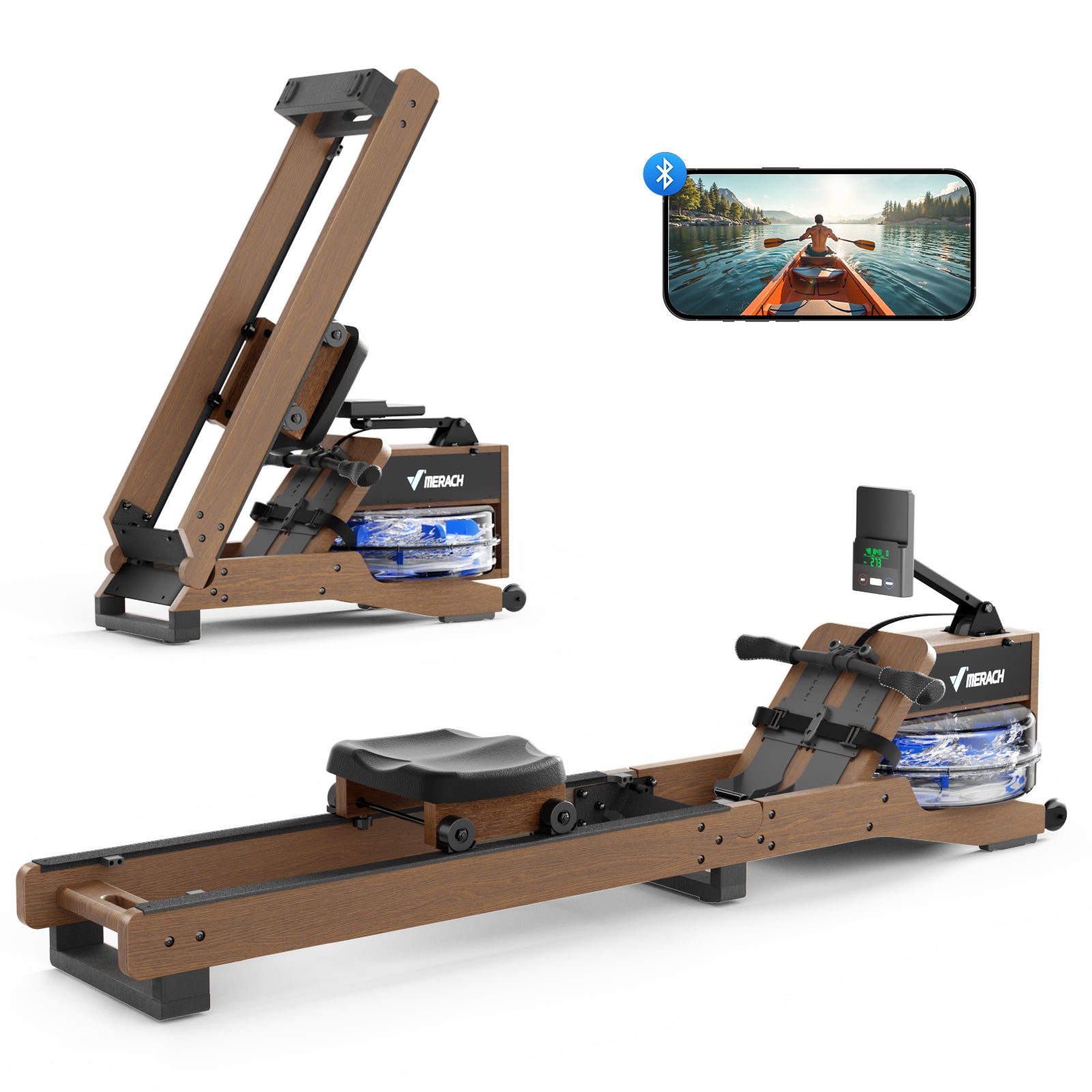
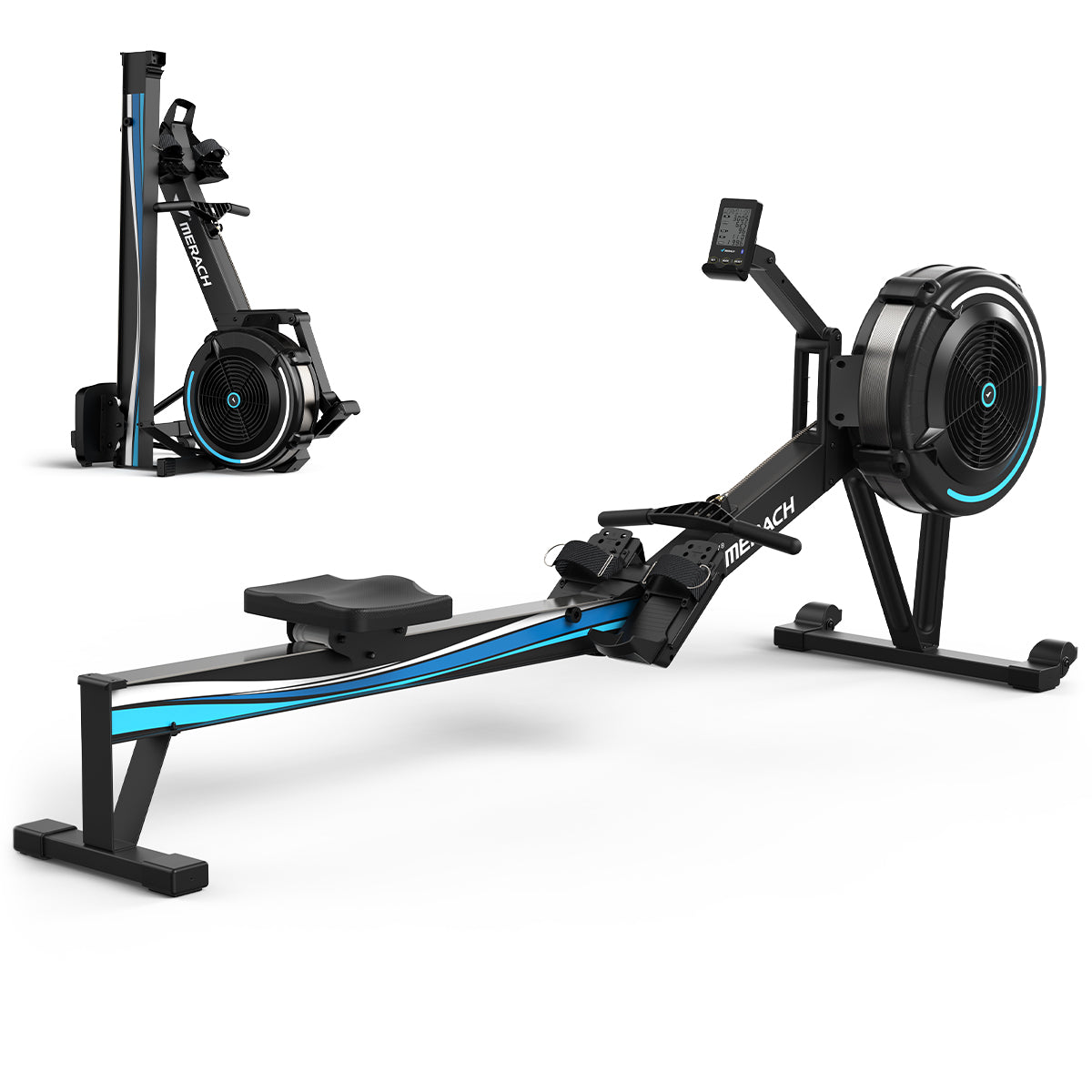

Leave a comment
This site is protected by hCaptcha and the hCaptcha Privacy Policy and Terms of Service apply.